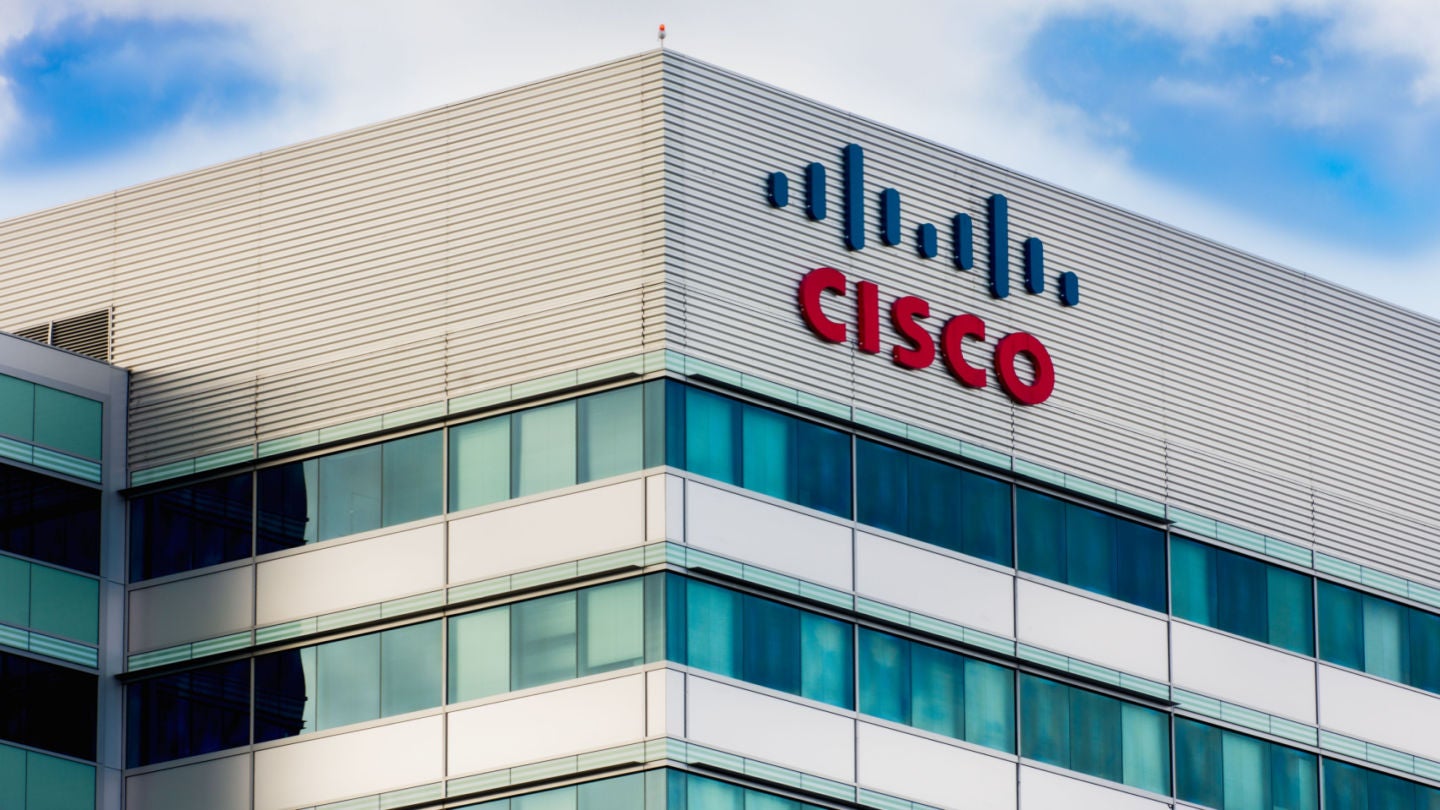
One of the most striking, consequential chapters of the future of work is unfolding as we speak. After a lengthy, pandemic-induced hiatus, workers are returning to offices in significant numbers. While the ‘Cisco Live 2023’ event was underway, Cisco quietly launched a hybrid work collection, which seeks to capitalize on this movement while quelling a struggle inherent within it.
The collection consists of design guides for renovating office workspaces, documentation for IT managers to deploy work from office solutions, and a three-piece hybrid work offer set, consisting of a software offer (made up of collaboration, security, digital experience monitoring, and mobile device management all under a single agreement), a work-from-home offer (featuring three device ensembles plus networking expertise), and a work-from-office offer (assistance in building in-office workspaces that are both optimized for hybrid work as well as sustainable).
Cisco is hoping to differentiate with the collection. But does it separate Cisco from the pack, or is it business as usual?
The hybrid work trend
As the pandemic has evolved, the return to offices has accelerated and will, as occupancy rates in office buildings continue to climb, gain momentum. Cisco is therefore wise to formally latch onto the trend.
In some cases, workers have returned under a management directive while others have voluntarily made the leap. Which path companies should follow is currently a matter of great debate, and a decision that Cisco posits as ‘mandate vs. magnet.’
Mandate Vs magnet
Cisco has placed itself on the ‘magnet’ side of the argument, with the collection offering the allure of meeting-oriented office designs and technology, enhanced productivity, and increased security, which will incentivize employees to work from the office. For companies poised at the ‘mandate vs. magnet’ fork in the road, Cisco is making the decision to take the ‘magnet’ route an easy one. This is an astute marketing move.
How well do you really know your competitors?
Access the most comprehensive Company Profiles on the market, powered by GlobalData. Save hours of research. Gain competitive edge.

Thank you!
Your download email will arrive shortly
Not ready to buy yet? Download a free sample
We are confident about the unique quality of our Company Profiles. However, we want you to make the most beneficial decision for your business, so we offer a free sample that you can download by submitting the below form
By GlobalDataAn equally astute marketing move is that Cisco has highlighted the fact that it has implemented all the collections’ features and capabilities itself and reaped great benefit in return. So rather than rely on the tired ‘take our word for it’ approach, Cisco has chosen the far more compelling path of ‘the proof is in the pudding.’
Where is the differentiation?
While it is evident the collection is well-positioned; whether it supplies differentiation for Cisco is less clear. In a market where UC&C platforms have become homogenized with a core set of features (e.g., meetings, chat, calling, and events) and with interoperability between competing platforms becoming the norm, the lines delineating rivals are quickly blurring. Separating from the pack is thus a necessary move. By reaching beyond being a purveyor of hybrid work tools and adding credentials as a consultative authority on implementation, Cisco is attempting just that.
However, on the differentiation scale, the collection falls a bit short. The trio of hybrid work offers provides capabilities that while critical, are standard fare. The design guides and IT manager documentation are uncommon, which plays in Cisco’s favor, but they are not unmatched. Google for example, supports a ‘Future of Work’ site that contains a variety of hybrid work handbooks among other documentation. Cisco is by no means alone.
Bottom line: Cisco’s new hybrid work collection provides scintillating sizzle, but common steak.




